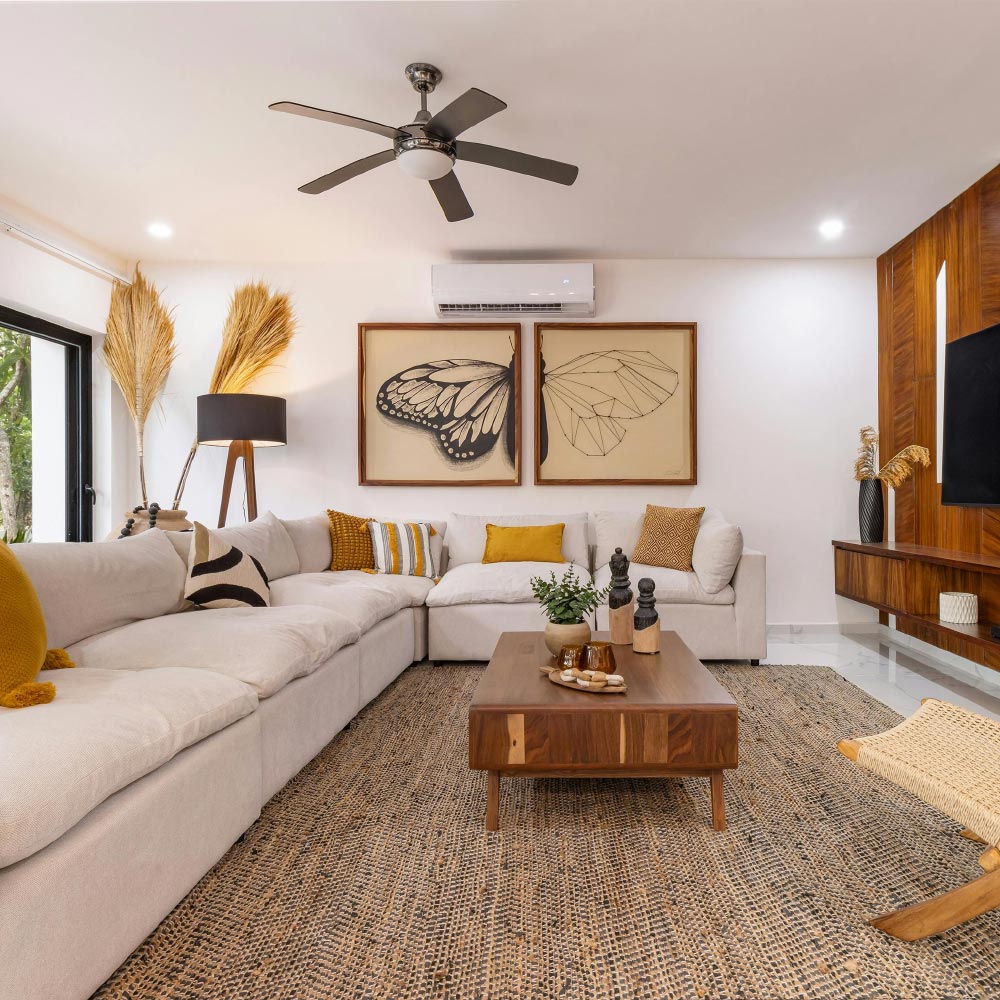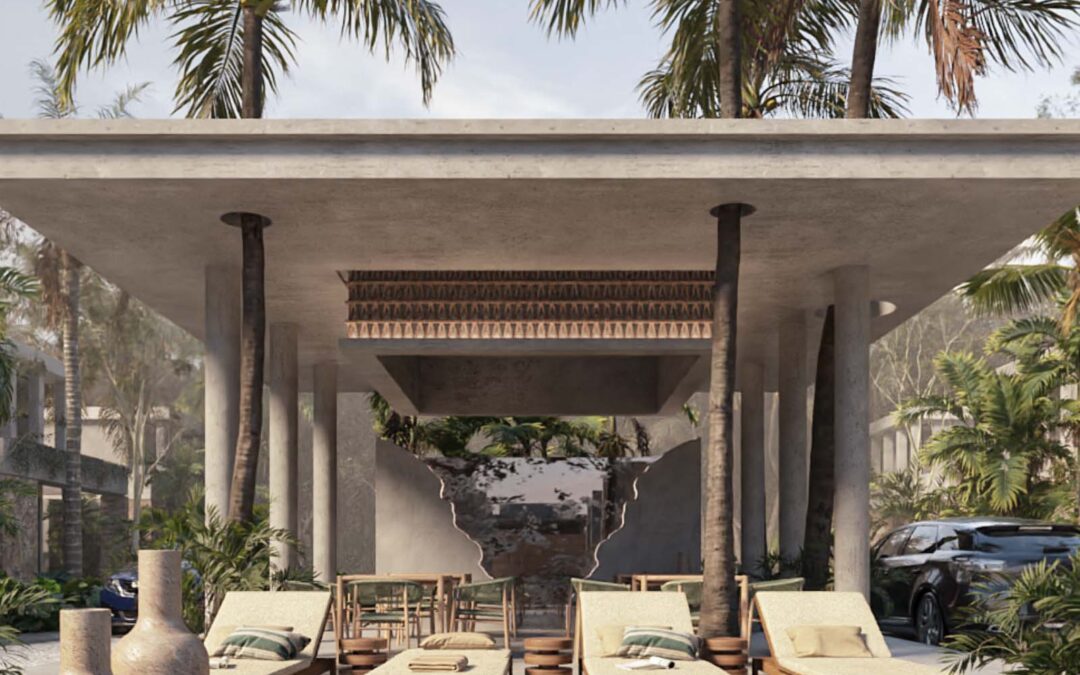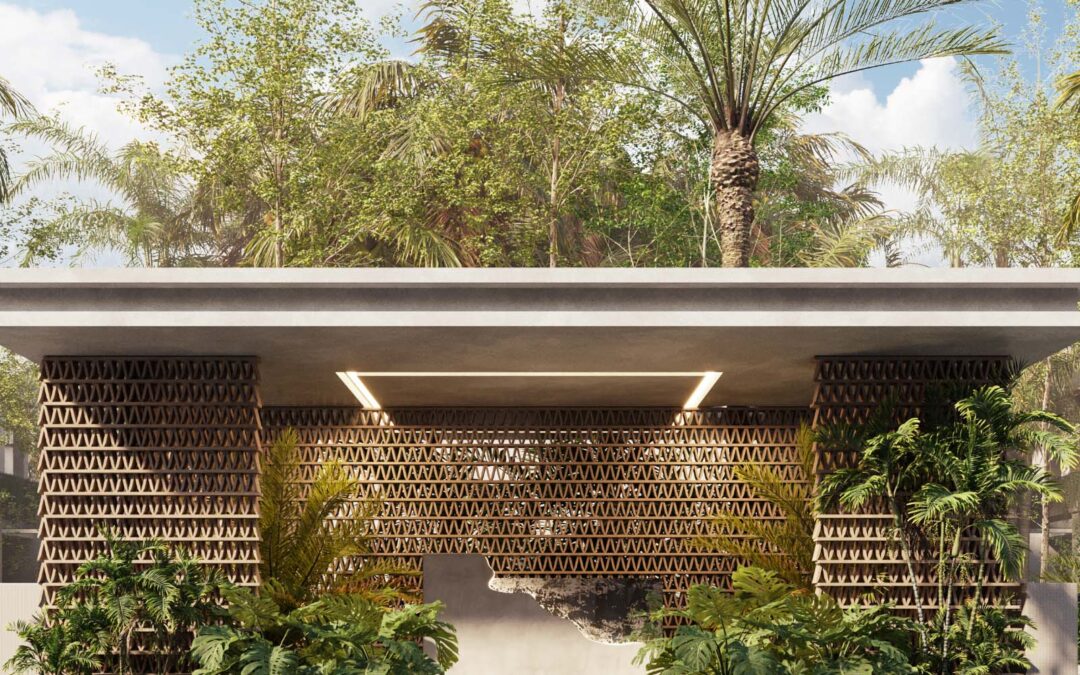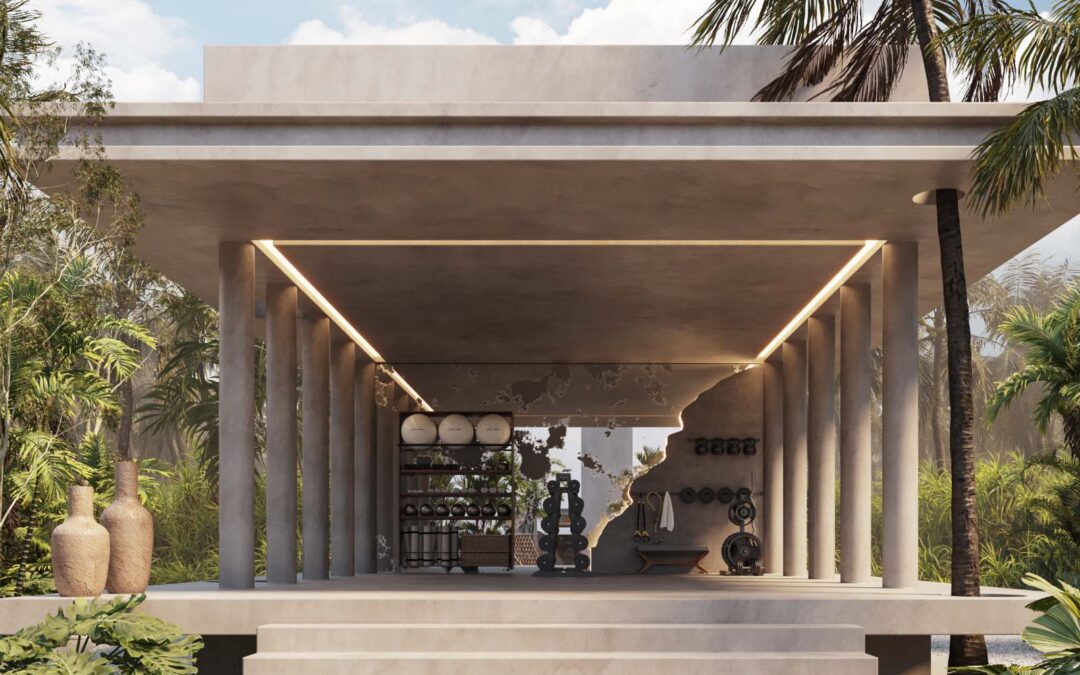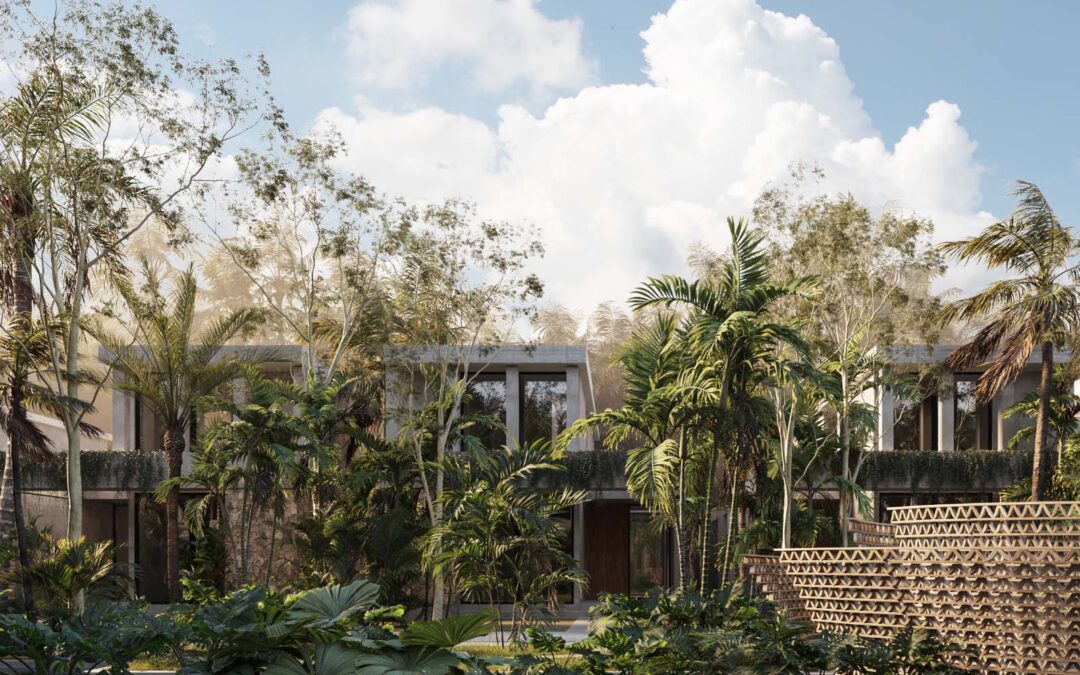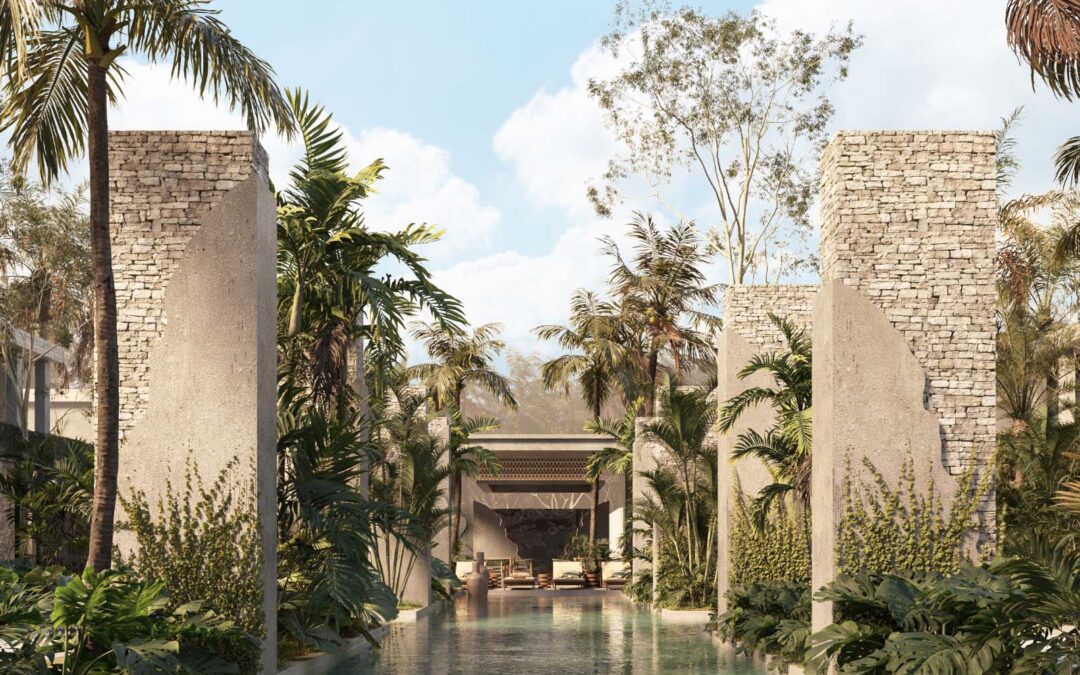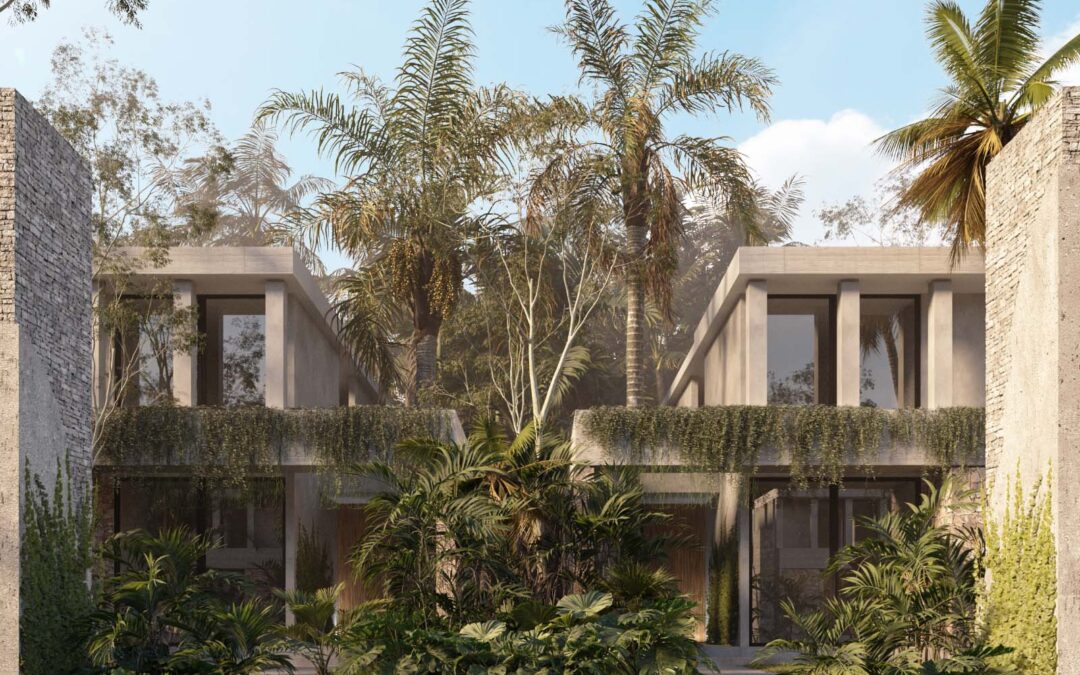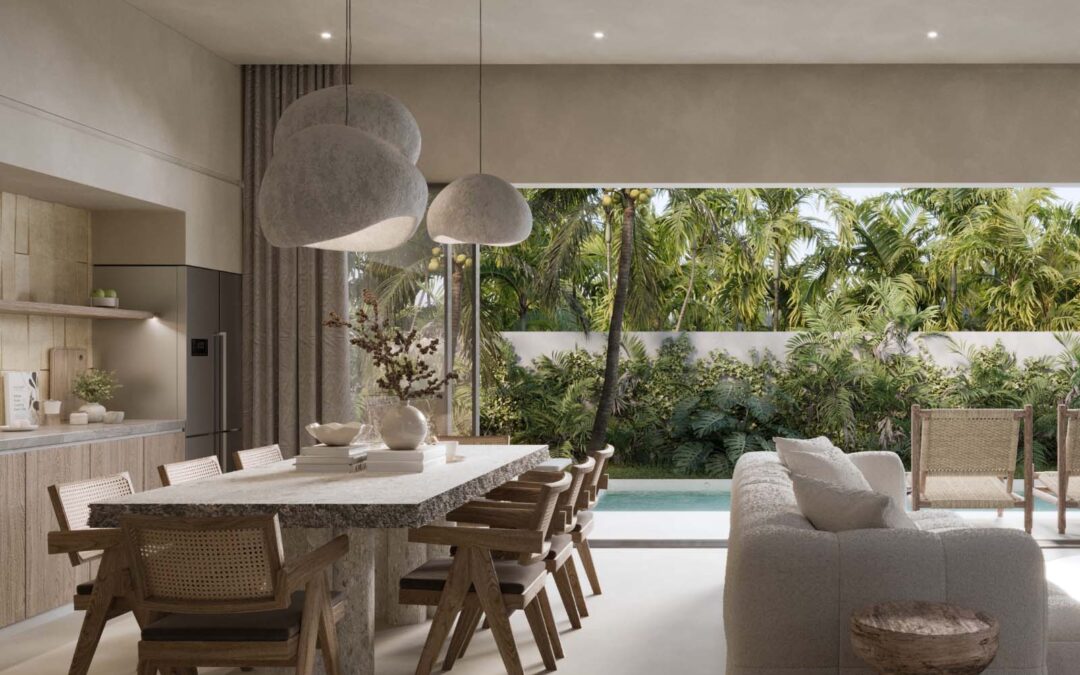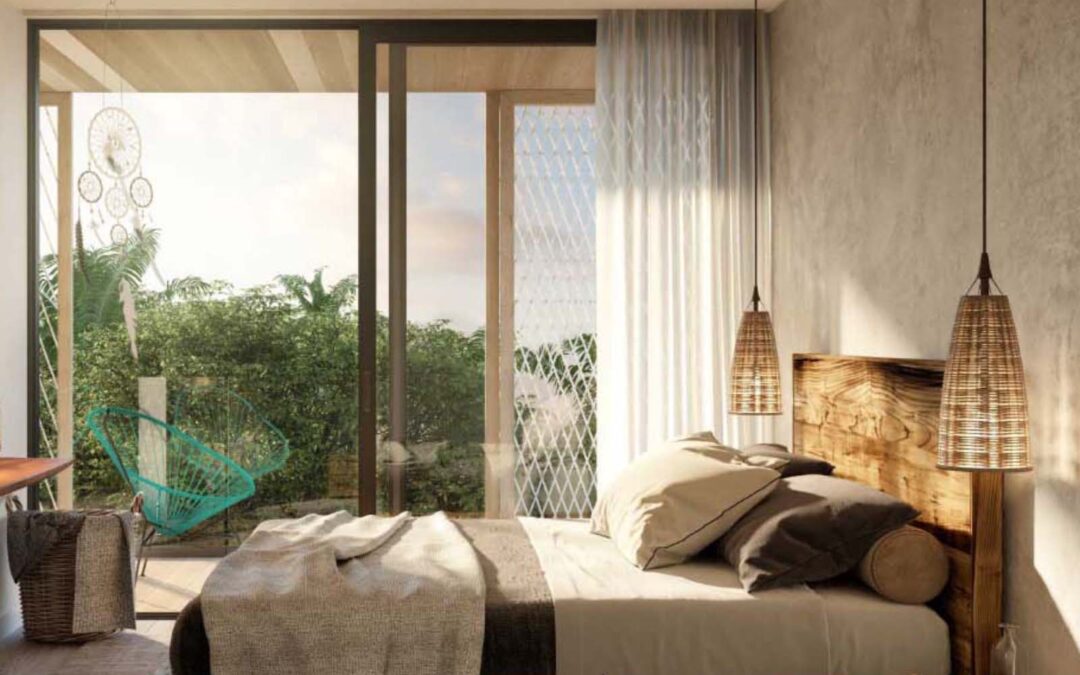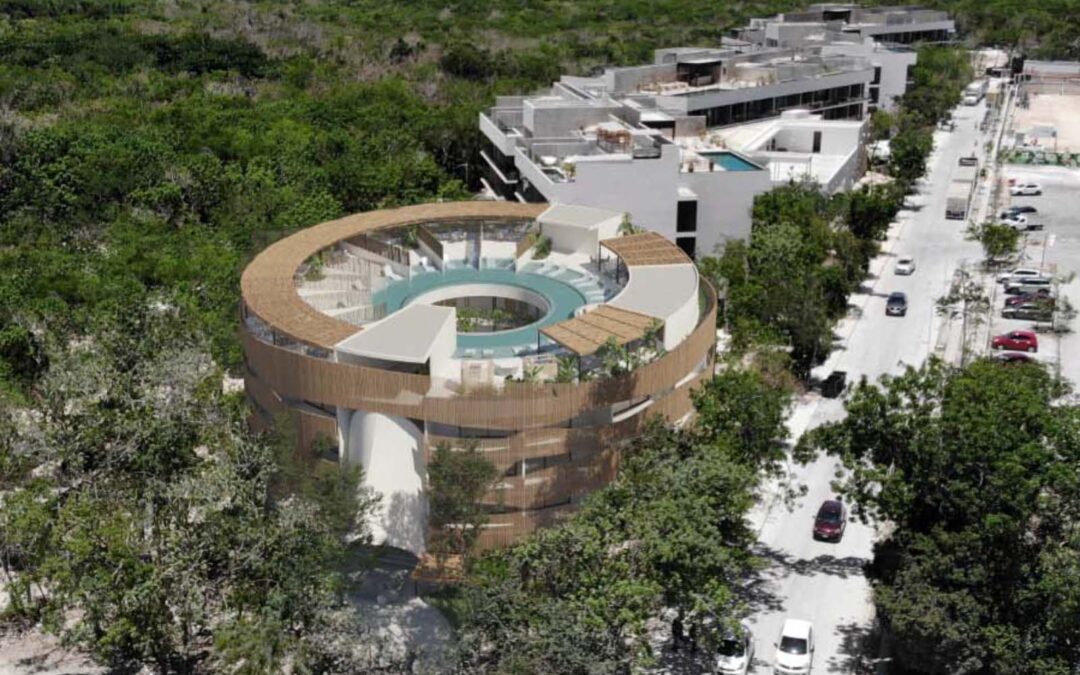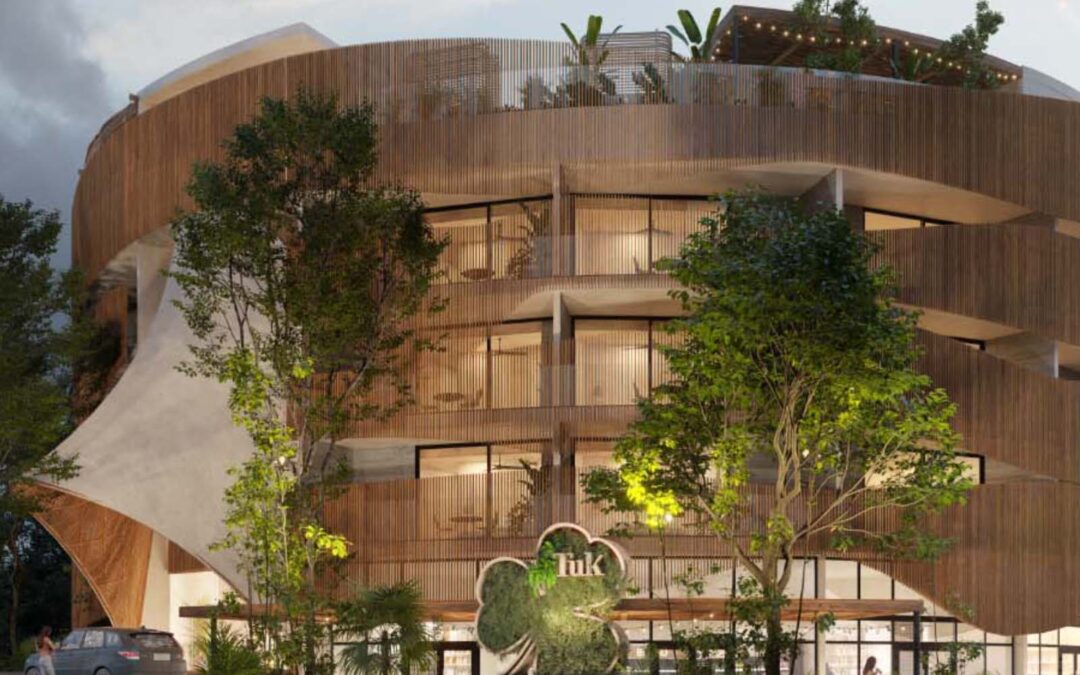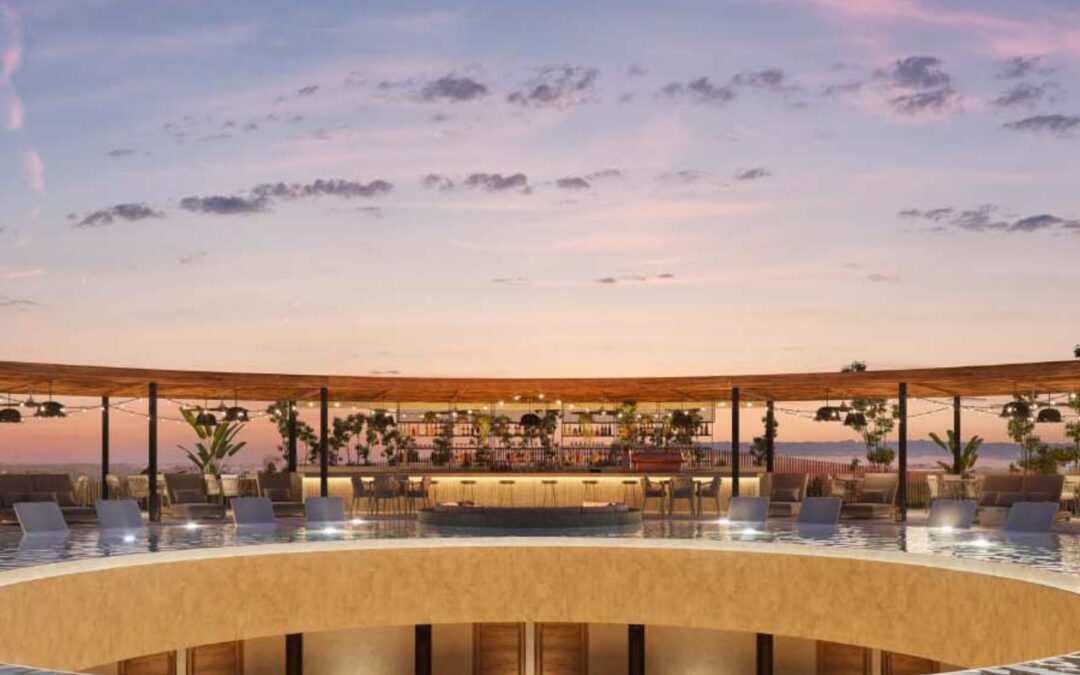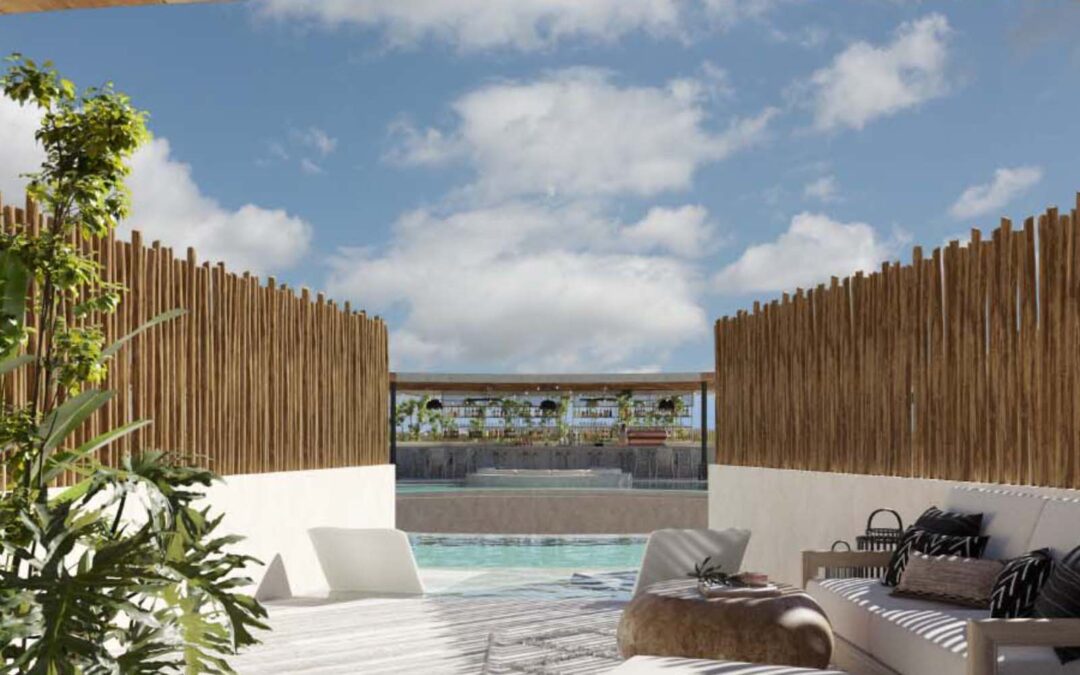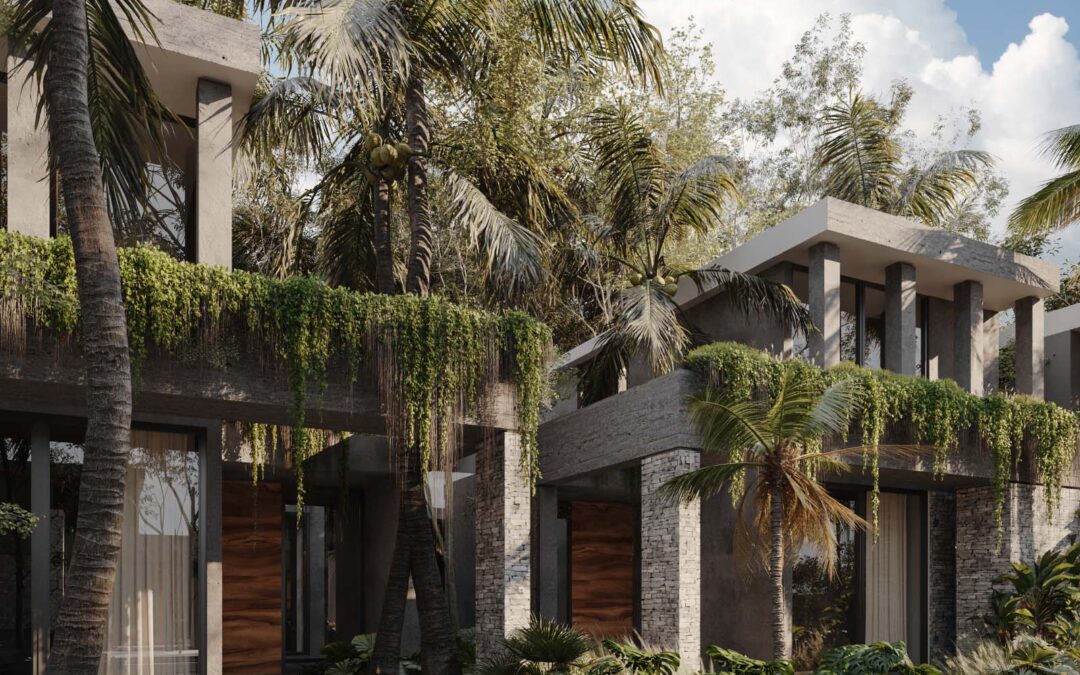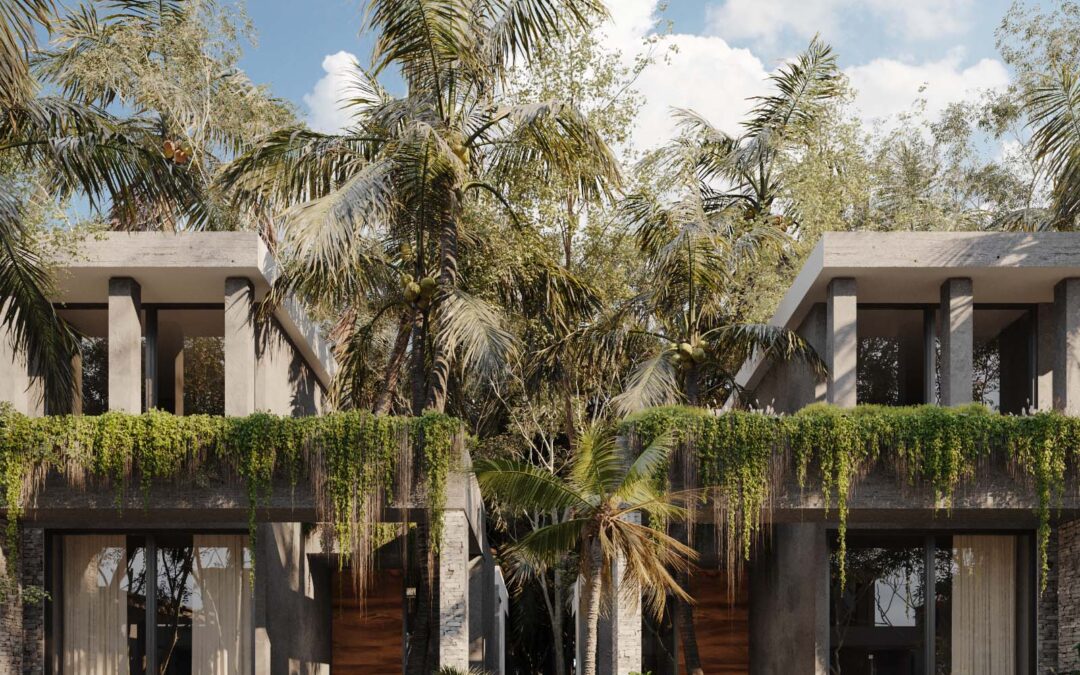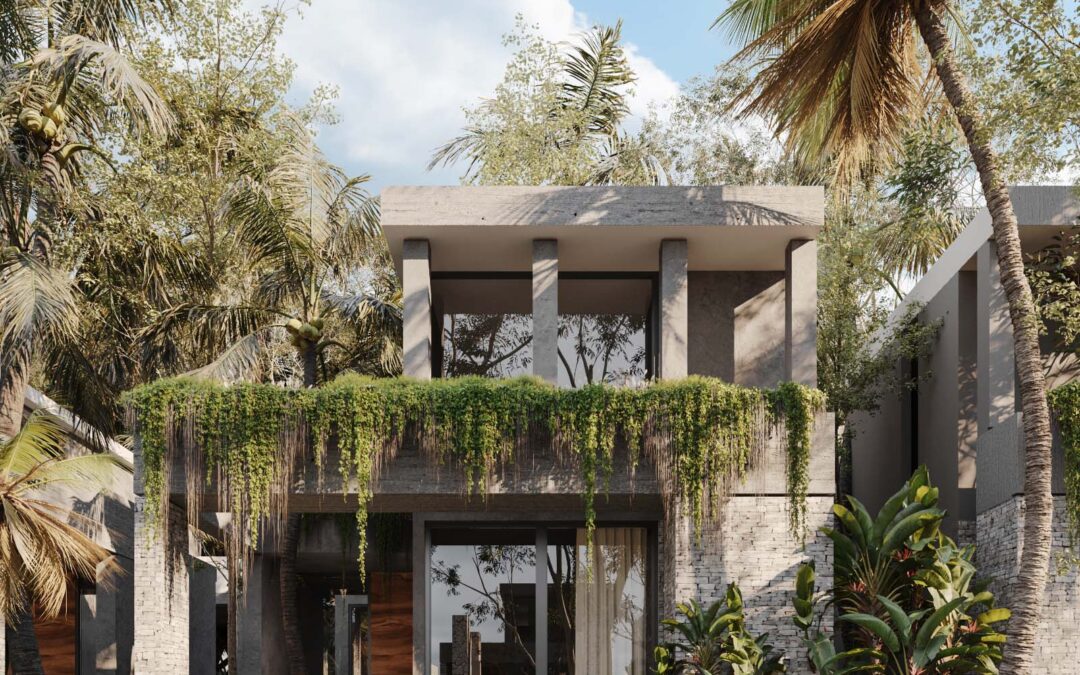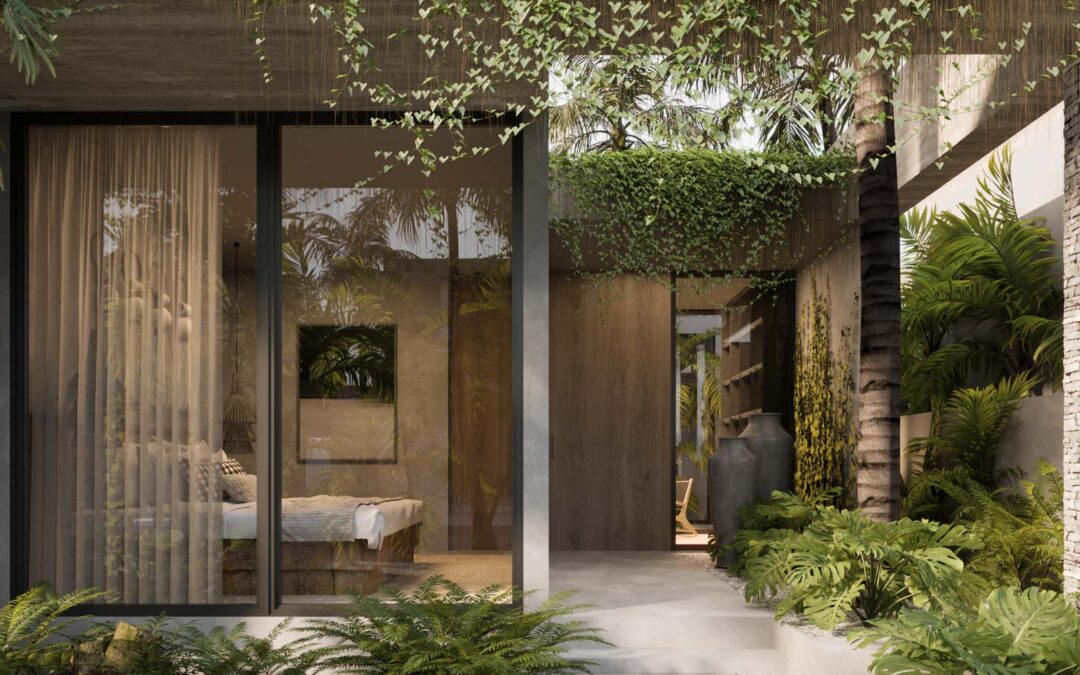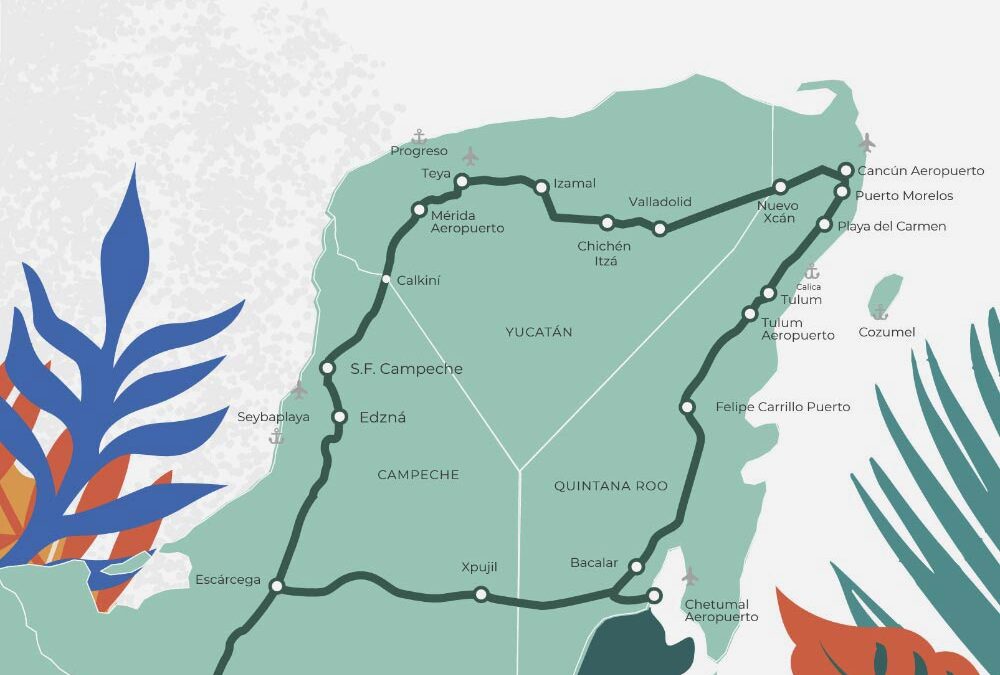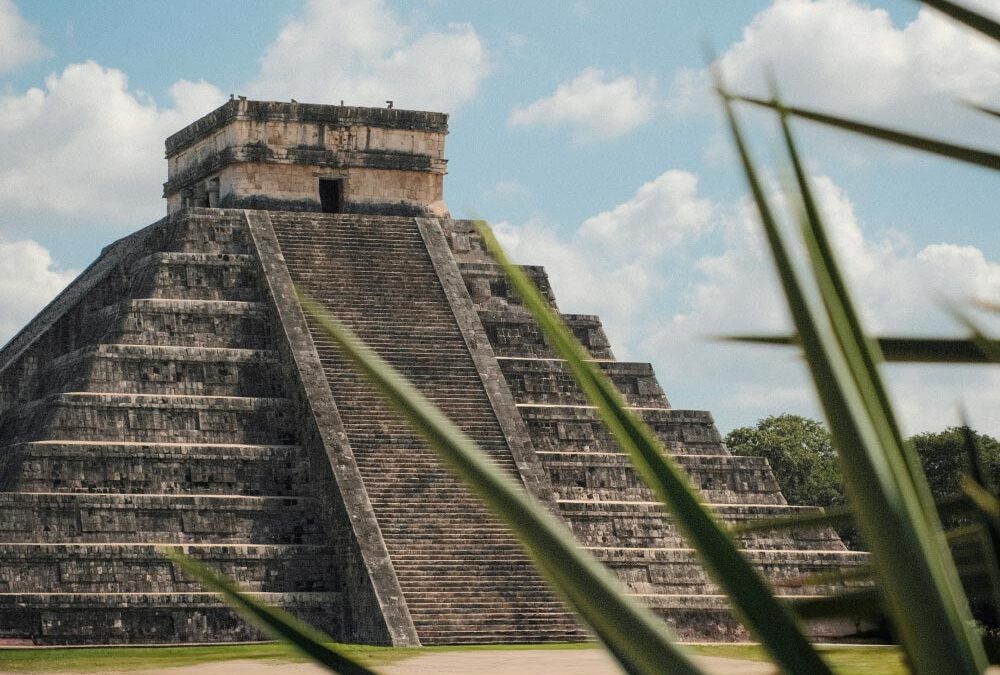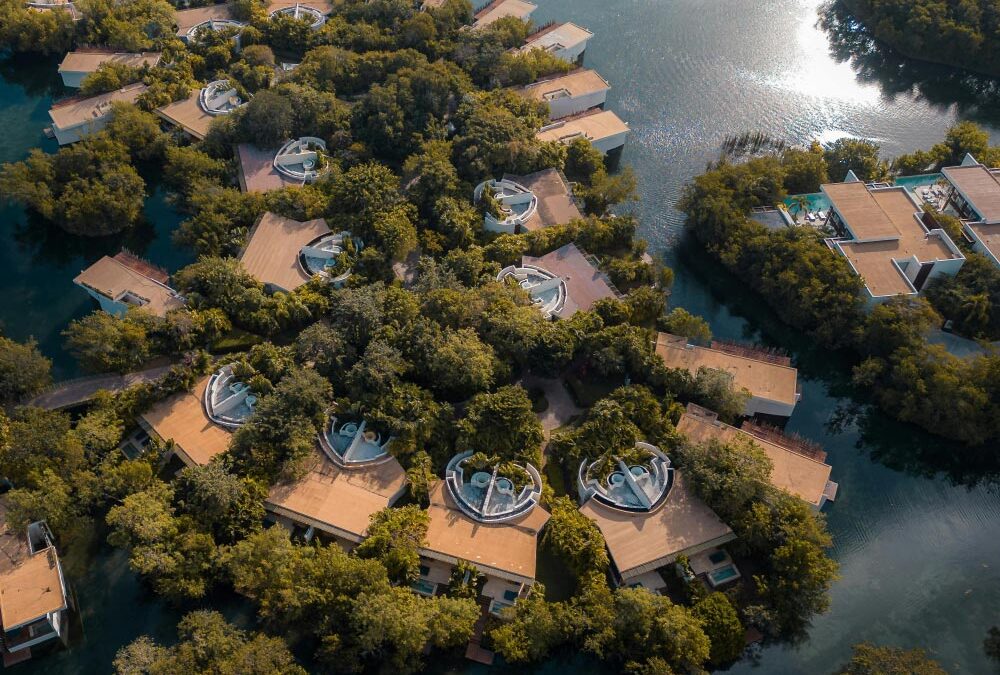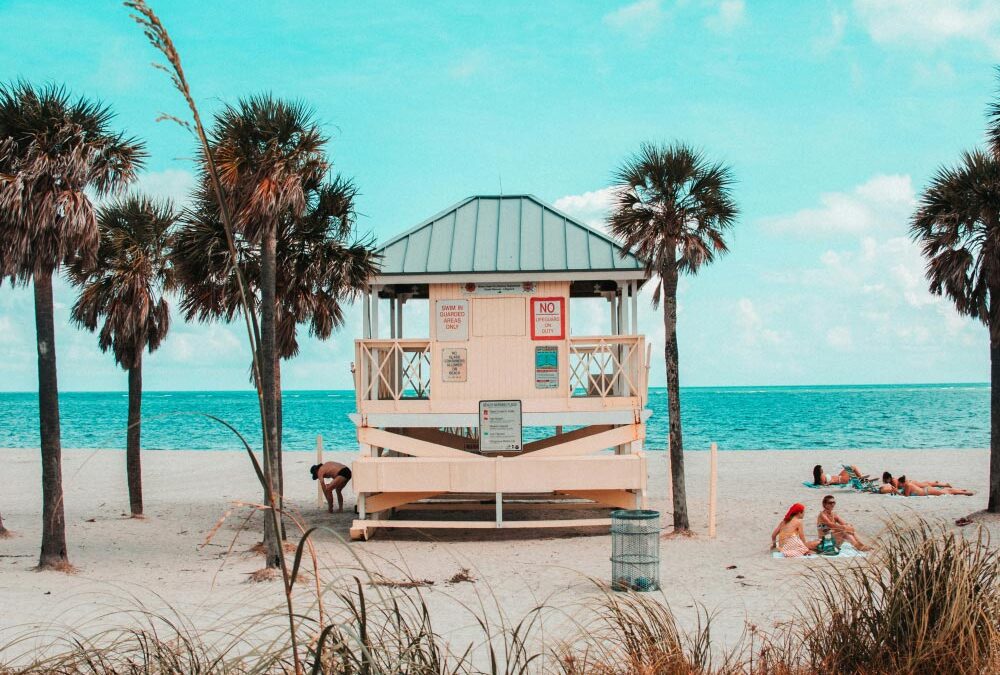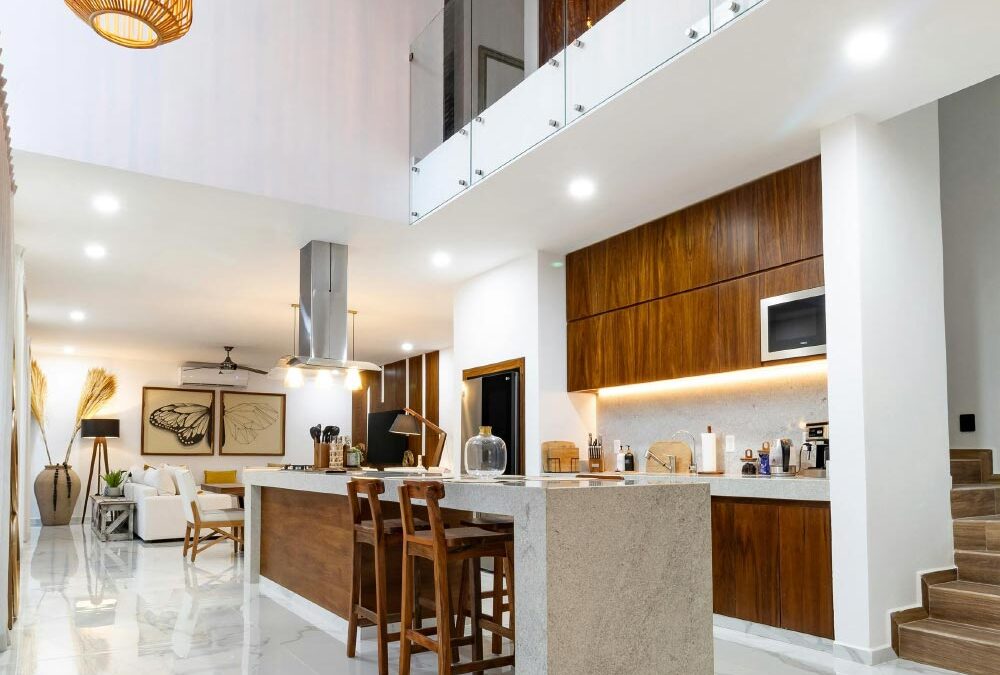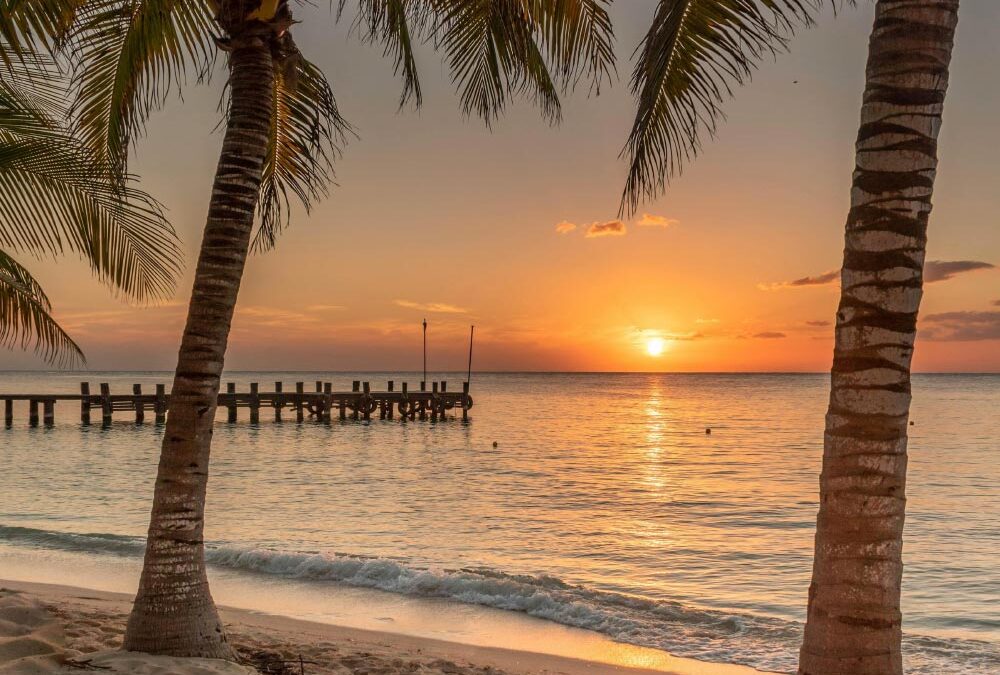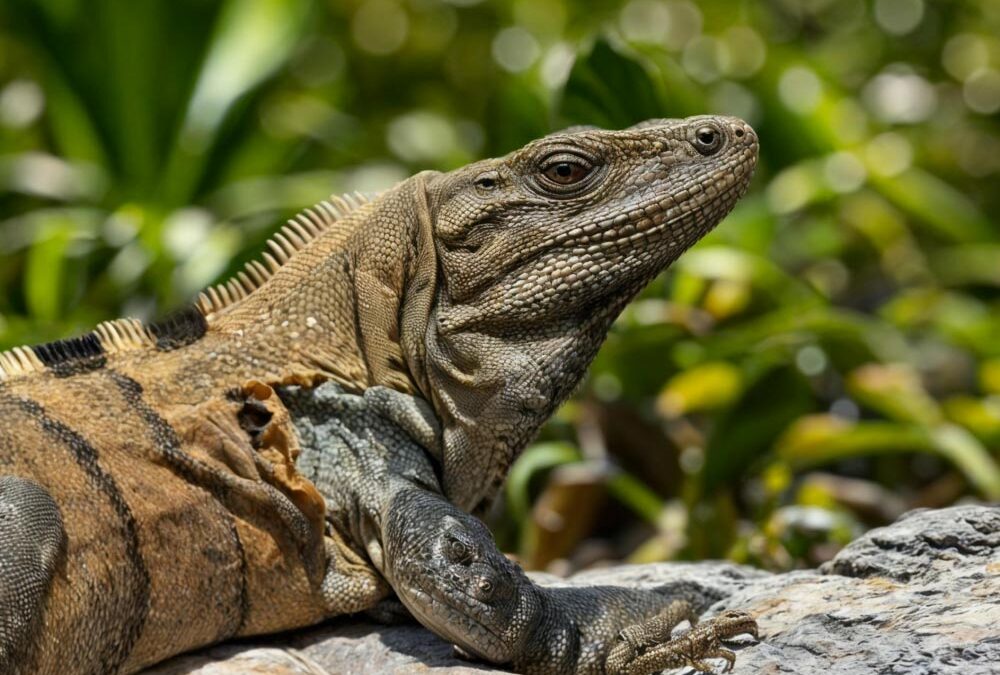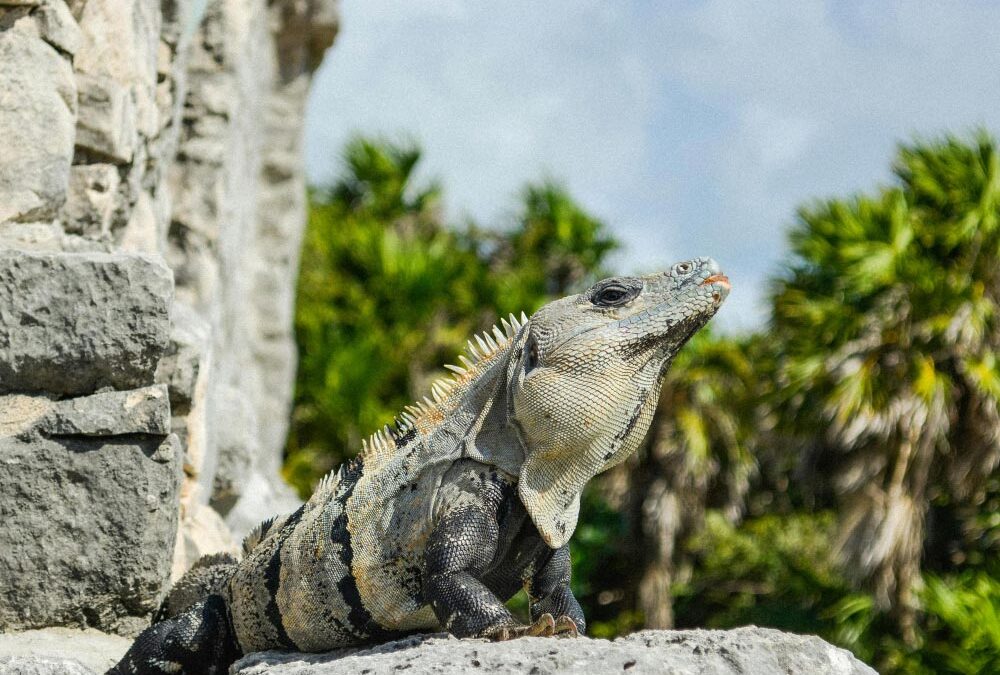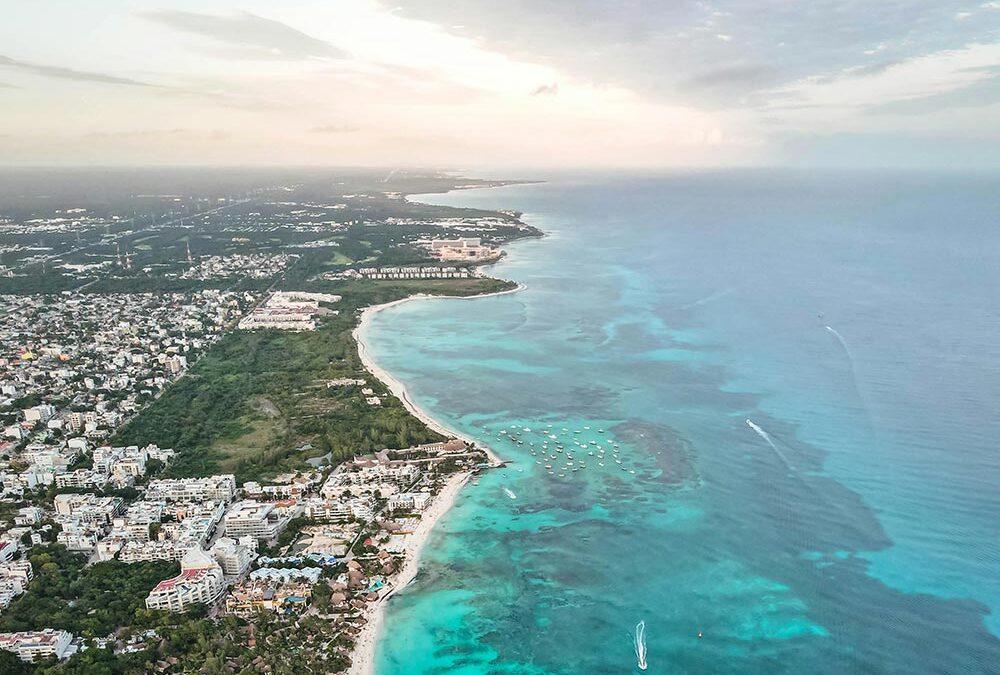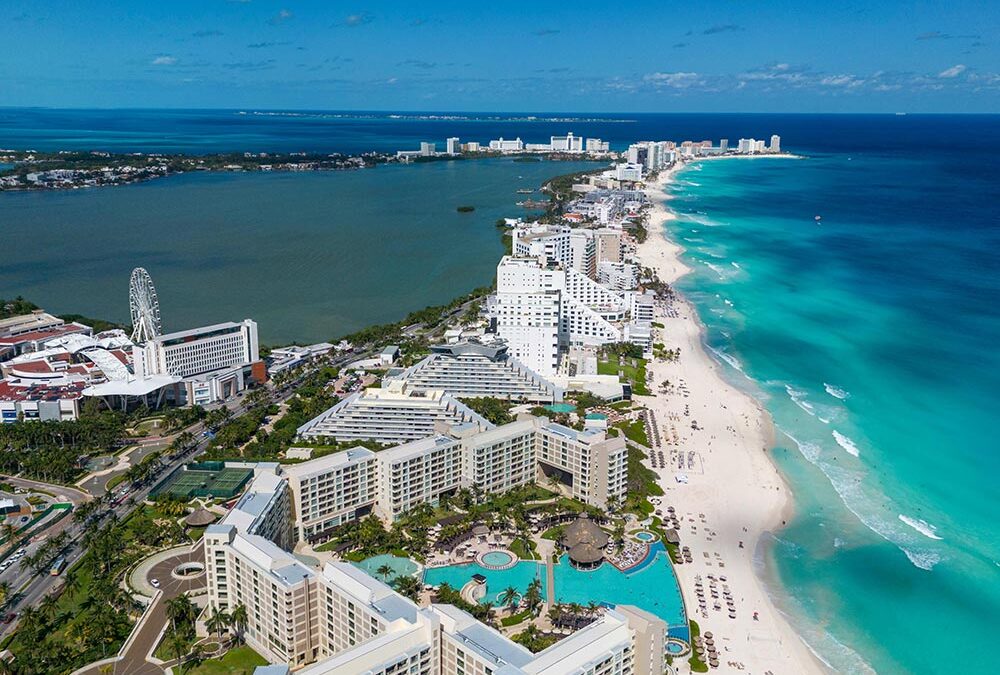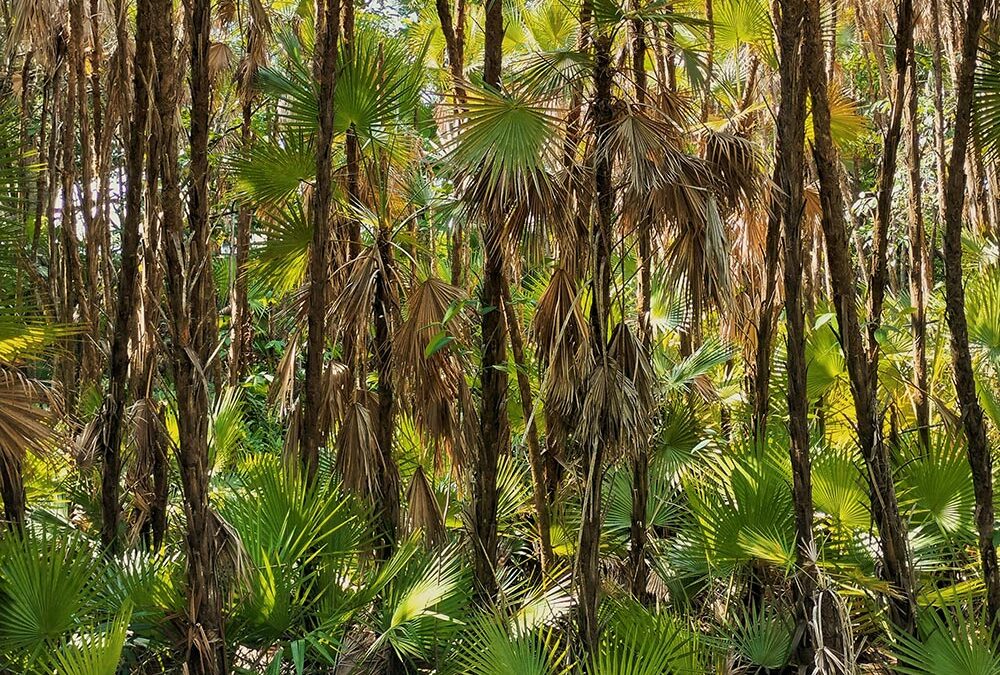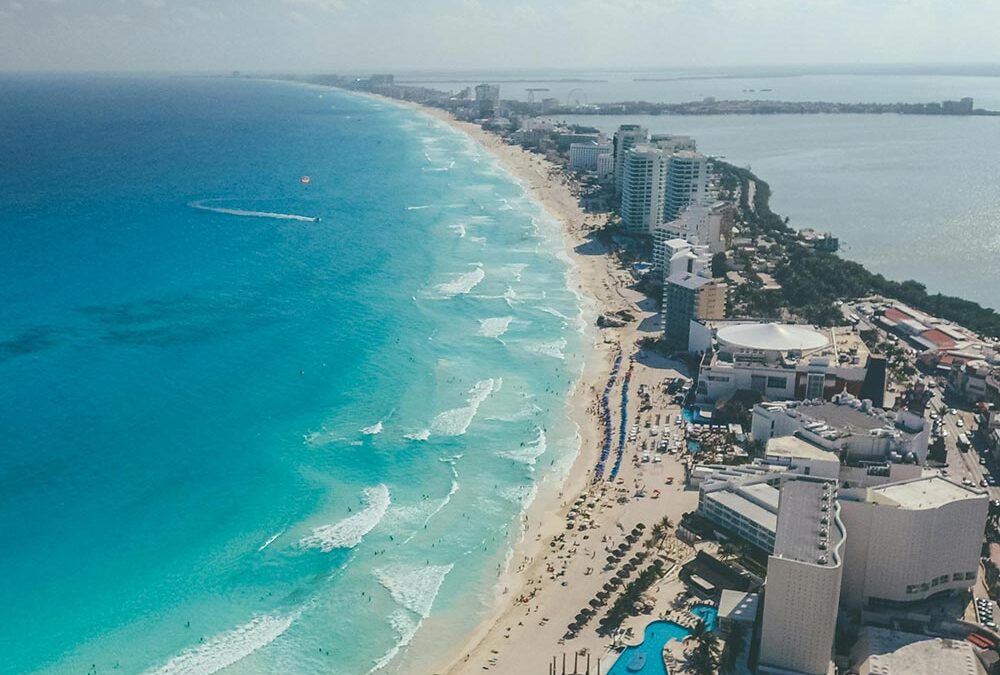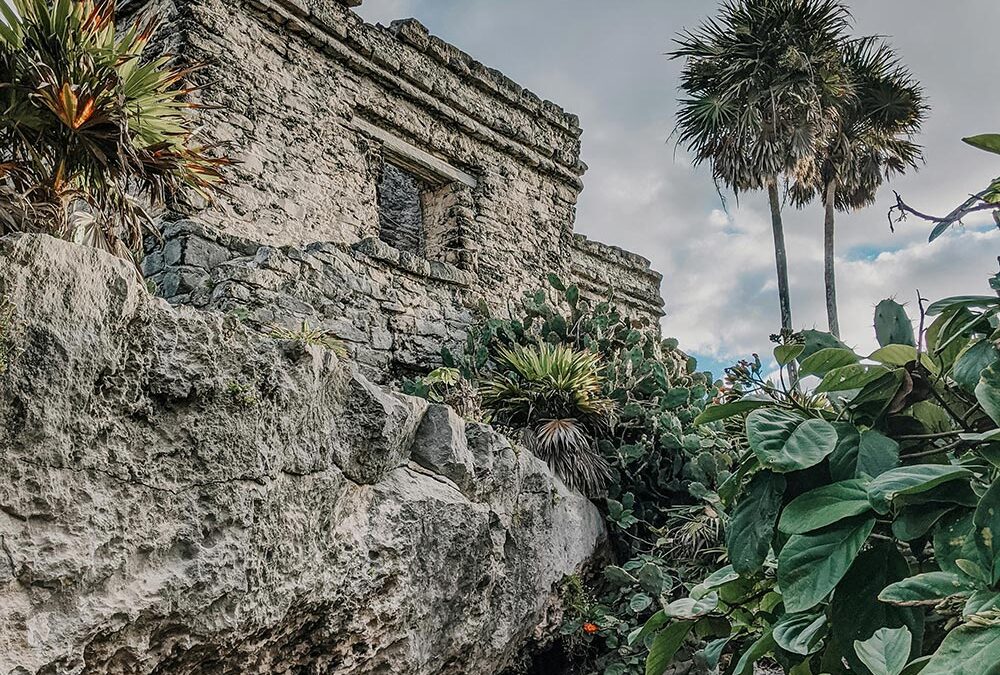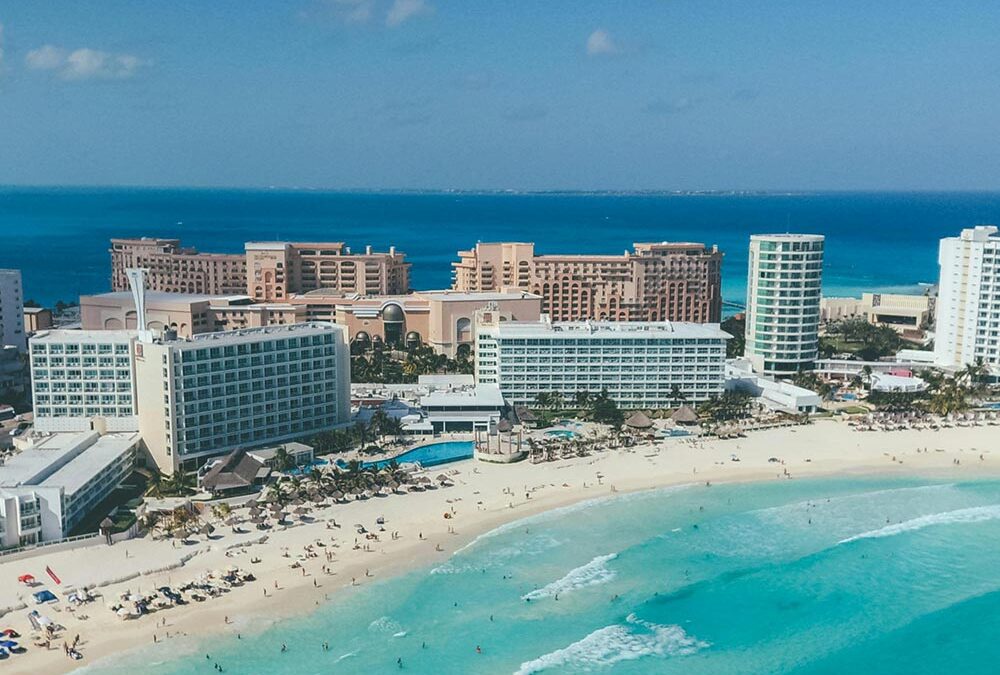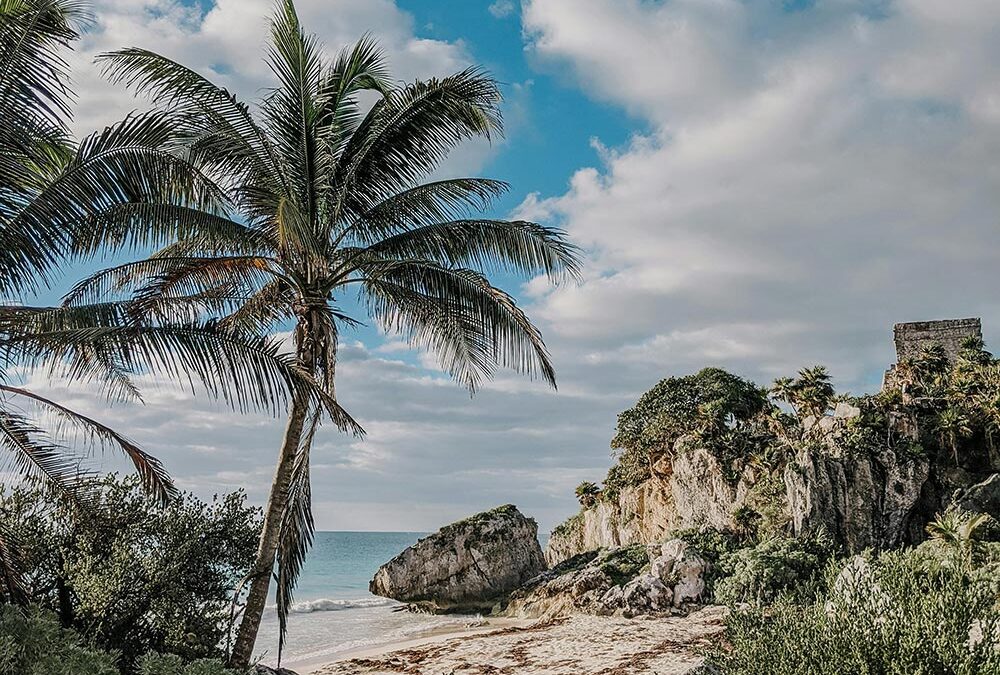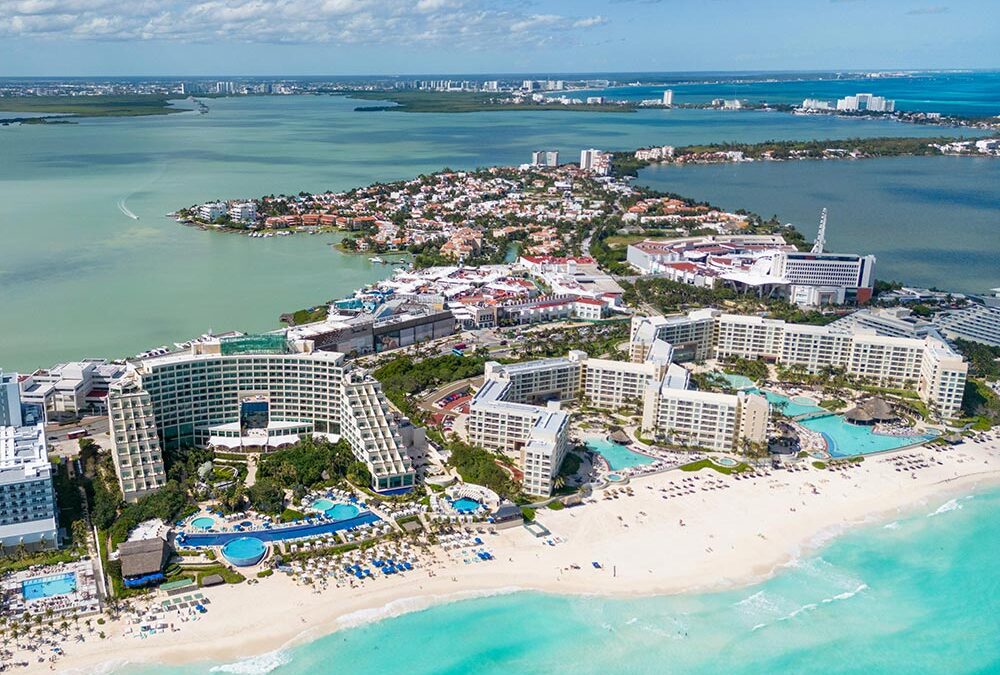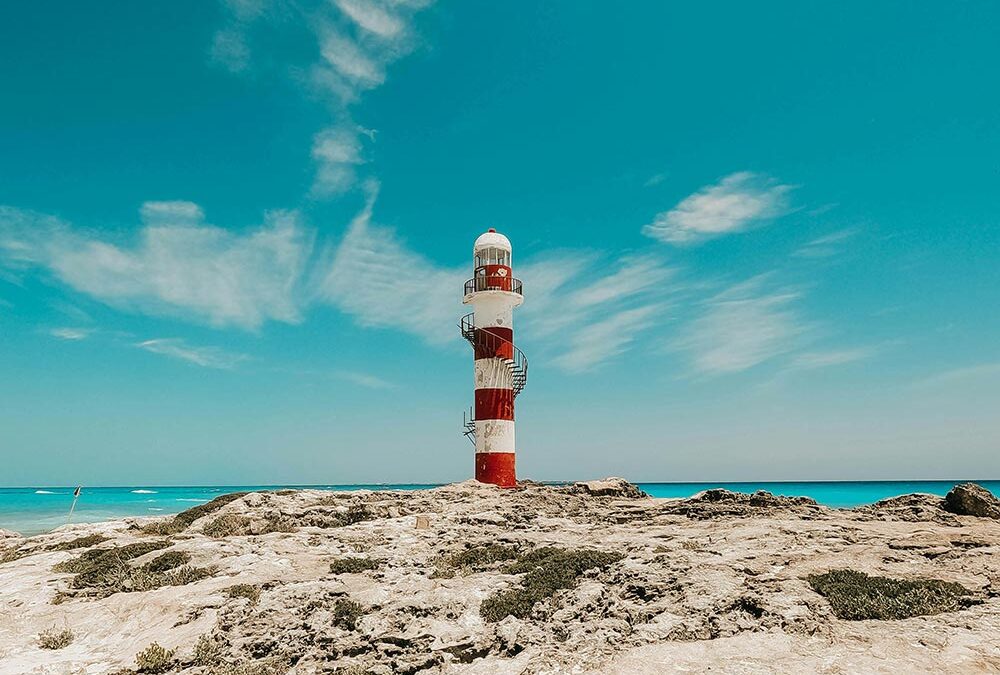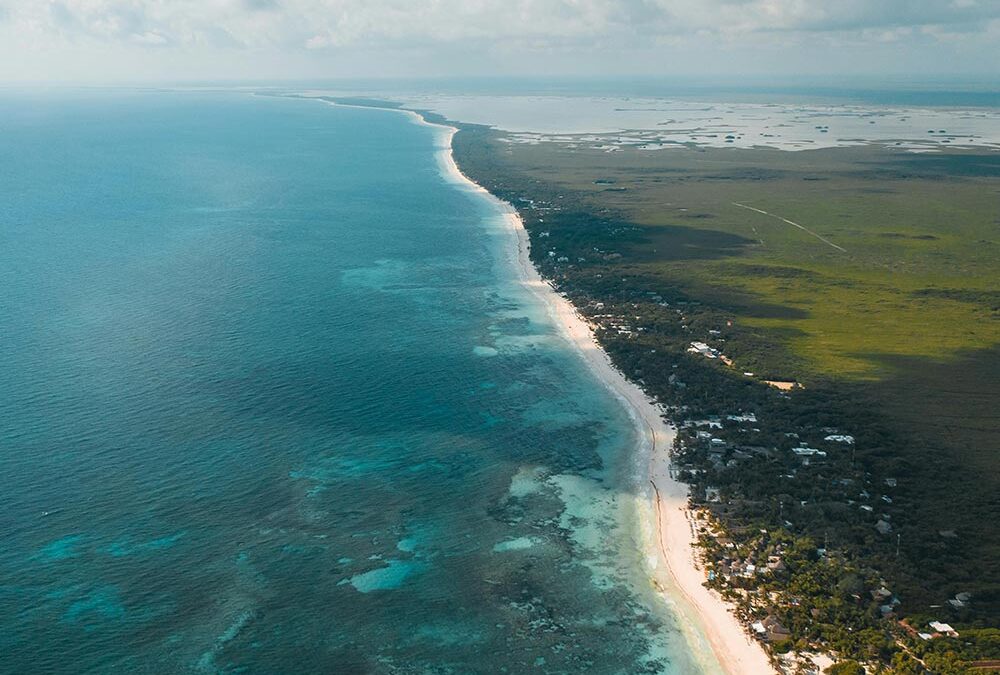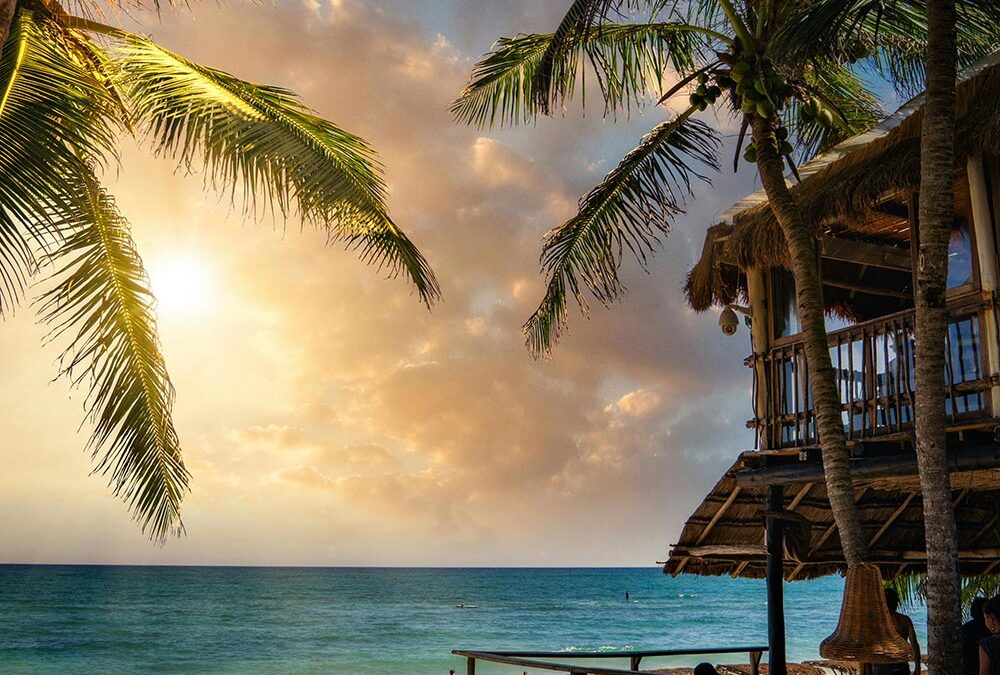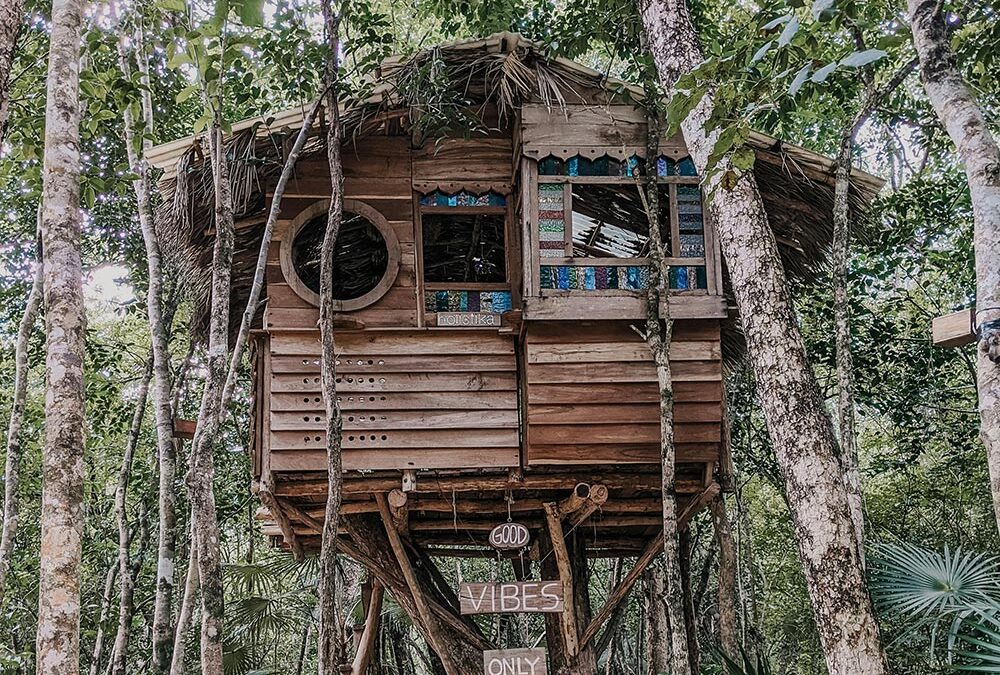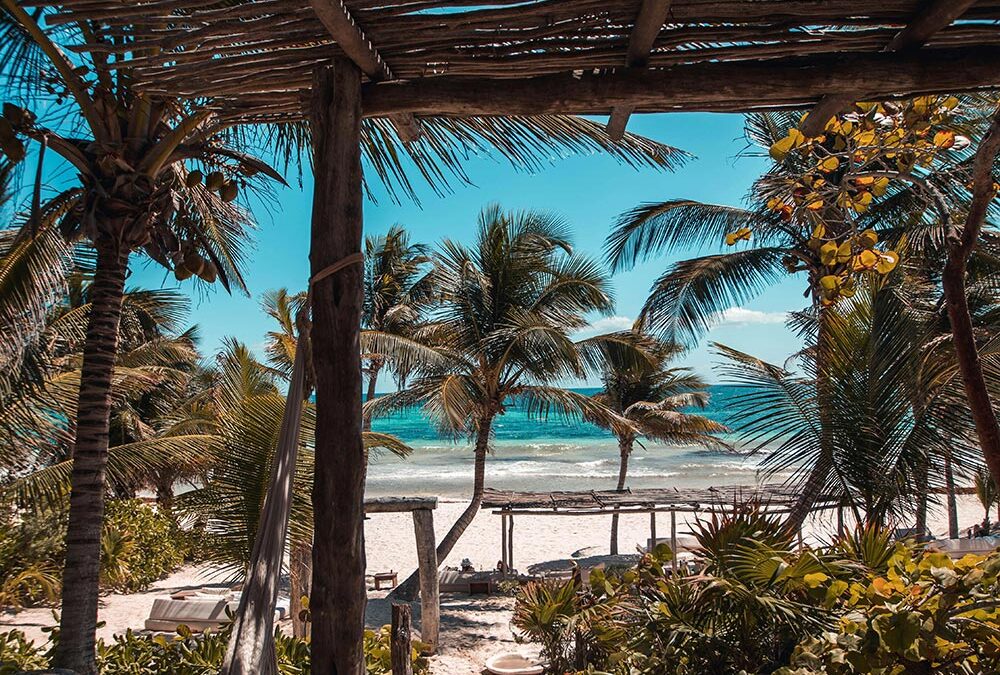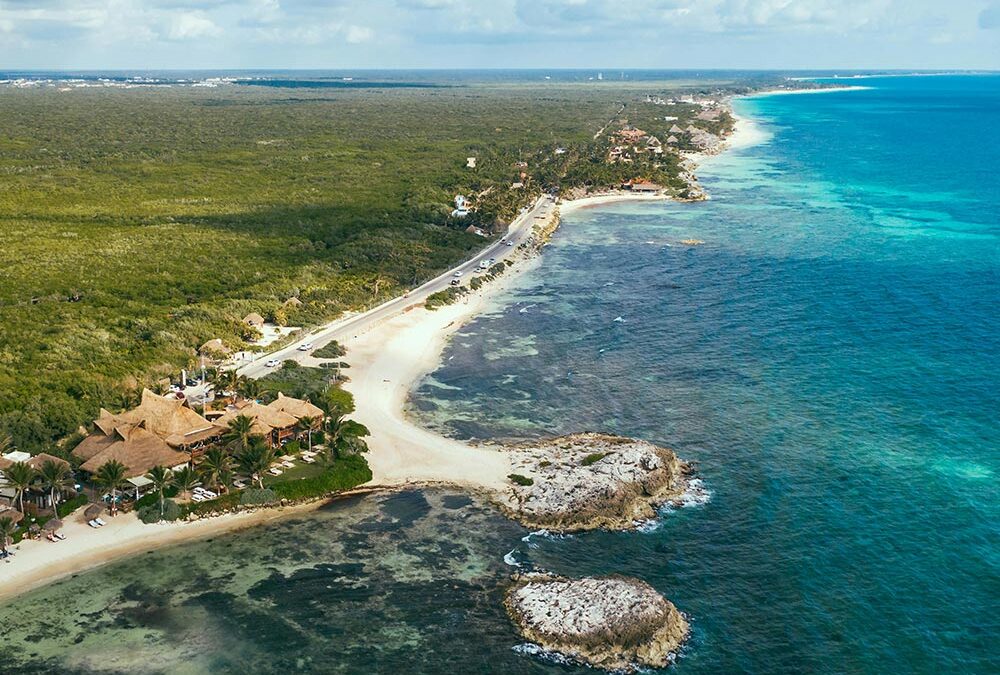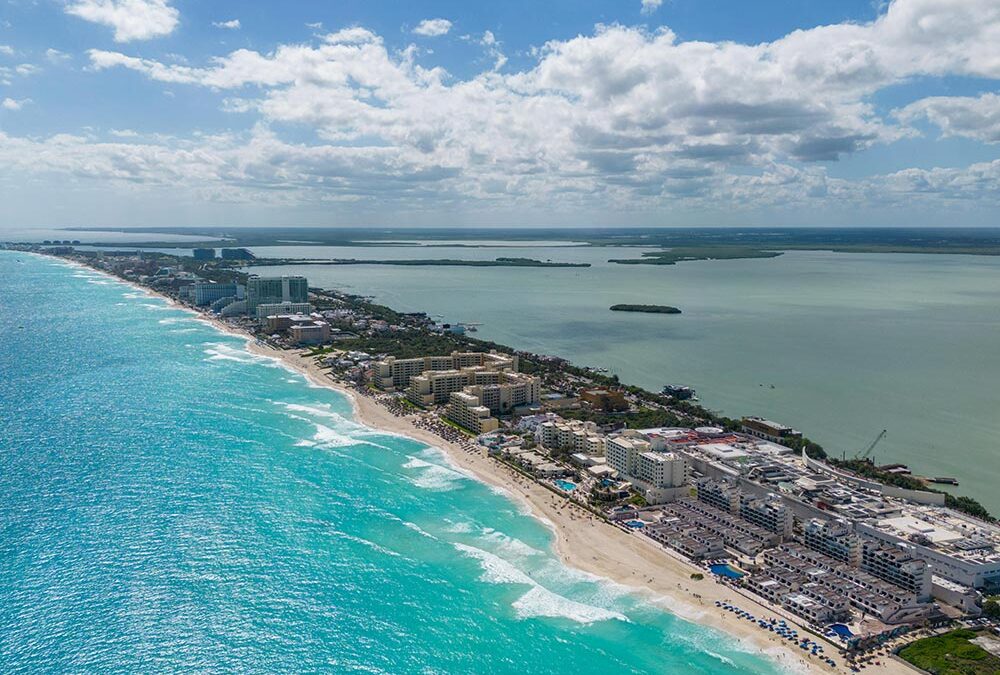The Riviera Maya, encompassing the stunning coastal stretch from Cancun to Tulum, has become a prime destination for real estate investments. Its allure lies in white-sand beaches, vibrant cultural heritage, and a booming tourism-driven economy. While the region provides a wealth of opportunities, achieving the highest returns depends heavily on timing. Investors who understand the nuances of when to buy, rent, or sell can capitalize on favorable market conditions, navigating potential risks while maximizing profits. This guide explores strategies for mastering timing throughout the property investment cycle in Riviera Maya.
Understanding the Riviera Maya Property Market
Economic and Tourism Trends
The Riviera Maya is among the most lucrative regions in Mexico for real estate investment due to its strong economic and tourism growth. With an average of over 26 million annual visitors to nearby Cancun alone, the area has become a global travel hotspot. Luxury hotels, eco-friendly resorts, and private vacation rentals are in high demand, boosting the region’s property market. The area’s steady growth is underpinned by government-backed infrastructure projects, such as the Maya Train, which promises improved connectivity between Riviera Maya and other regions, enhancing its long-term appeal to both tourists and investors.
Additionally, the region is attractive to foreign investors, with buyers from the United States, Canada, and Europe driving demand. Factors such as the relatively low cost of living, favorable climate, and Mexico’s lenient property ownership laws for non-residents further solidify Riviera Maya’s reputation as an investment hub.
Market Challenges
Despite its potential, the Riviera Maya property market presents several challenges. Market saturation in popular areas like Tulum has led to fierce competition, requiring investors to differentiate their properties to attract buyers or renters. Additionally, currency fluctuations and potential changes in government policies regarding foreign property ownership or tourism taxes can affect profitability. Prospective investors must also navigate local zoning laws and construction permits, which can be complex and time-consuming. Understanding these challenges is crucial for mitigating risks and ensuring successful investments.
The Property Cycle: Buy, Rent, and Sell Strategies
Breaking Down the Cycle
The property cycle in Riviera Maya typically mirrors global real estate trends but is amplified by the region’s reliance on tourism. Investors should recognize the four key phases of the cycle:
- Recovery Phase: This occurs after a market downturn, with property prices stabilizing and buyer interest gradually returning.
- Growth Phase: Characterized by increasing property values, higher construction activity, and rising demand. This is often the most lucrative time to buy.
- Stabilization Phase: Prices plateau, and rental demand peaks. This phase is ideal for focusing on generating rental income.
- Decline Phase: Overbuilt markets or economic slowdowns can lead to price corrections, signaling a less favorable time to sell.
Riviera Maya’s current cycle, bolstered by tourism recovery post-pandemic, is largely in the growth phase, particularly in emerging markets like Puerto Morelos and Tulum’s outskirts.
Timing the Market for Buying
Ideal Times to Purchase
Timing your purchase during the early growth phase maximizes appreciation potential. Signs of a growth phase include increased tourism arrivals, new infrastructure development, and limited inventory in key areas. For example, properties near Maya Train stations or beachfront developments in Puerto Aventuras are expected to see strong appreciation in the coming years. Buyers should also consider seasonal dynamics—purchasing during the low tourist season (September to November) often provides more room for negotiation with sellers.
Tips for Buyers
- Emerging Neighborhoods: Focus on areas like Puerto Morelos and Akumal, where development is expanding but prices remain competitive.
- Pre-Construction Opportunities: Investing in pre-construction properties allows buyers to secure lower prices and customize finishes.
- Partner with Local Experts: Navigating Riviera Maya’s real estate market requires local knowledge. A reputable agent can provide insights into legal requirements and market trends.
Maximizing Returns During the Rental Phase
Short-Term vs. Long-Term Rentals
Riviera Maya is a thriving market for short-term vacation rentals due to its year-round tourism. Properties marketed on platforms like Airbnb can achieve occupancy rates of 60-80% and generate premium nightly rates during high season (December to April). Conversely, long-term rentals are less labor-intensive, appealing to expatriates and remote workers who prefer stability and affordability. Investors should weigh these options based on their cash flow goals and availability for property management.
Optimizing Occupancy Rates
To maximize rental returns:
- Professional Management: Hiring a local property management company ensures efficient operations, including guest check-ins and maintenance.
- Strategic Pricing: Use dynamic pricing tools to adjust rates based on demand, maximizing revenue during peak seasons.
- Added Amenities: Offering high-speed internet, modern appliances, and outdoor spaces like terraces or plunge pools enhances rental appeal.
Investors should also target properties with tourist-friendly features such as proximity to beaches, nightlife, or eco-tourism attractions.
When to Sell: Capitalizing on Market Peaks
Identifying Peak Market Conditions
Market peaks in Riviera Maya are often driven by high tourism, international buyer demand, and infrastructure improvements like airport expansions or the Maya Train. A well-timed sale during these peaks can secure significant capital gains. For example, properties purchased pre-pandemic in Tulum saw a surge in value as tourism rebounded and new developments expanded amenities.
Exit Strategies
Having a clear exit strategy ensures that investors capitalize on the right opportunities. Popular approaches include:
- Selling fully furnished properties to foreign buyers seeking turnkey solutions.
- Holding onto properties during market downturns to wait for better prices.
- Reinvesting proceeds into new developments in rapidly growing neighborhoods to benefit from compounding gains.
Timing the sale based on peak tourist seasons can also attract buyers who are actively exploring the region.
Case Study: Successful Property Investment in Playa del Carmen
Background: A Canadian investor purchased a two-bedroom pre-construction condo in Playa del Carmen’s Centro district for $150,000 in 2018. The location was strategically chosen for its proximity to the bustling Quinta Avenida and a future Maya Train station.
Strategy: The investor capitalized on pre-construction discounts and rented the property on Airbnb, generating approximately $25,000 in annual income. During peak tourist seasons, occupancy rates averaged 85%, with nightly rates exceeding $200.
Outcome: By 2023, the property’s value appreciated to $250,000, driven by Playa del Carmen’s infrastructure improvements and sustained demand. The investor sold the property during this peak period, realizing a 66% return on investment, and reinvested in a pre-construction villa in Tulum’s eco-friendly community of Aldea Zamá.
Conclusion
The Riviera Maya offers unparalleled opportunities for property investors, but success depends on timing. By aligning investment decisions with the property cycle and market conditions, investors can optimize their returns. Whether buying during early growth, renting for cash flow, or selling at market peaks, understanding local trends and seeking expert guidance are essential. With its dynamic economy and global appeal, Riviera Maya remains a top choice for savvy real estate investors.
FAQs
What is the best time to buy property in Riviera Maya?
Purchasing during the early growth phase, often indicated by infrastructure projects and rising tourist numbers, offers the best potential for value appreciation. Low tourist seasons may also provide negotiation leverage with sellers.
Are short-term rentals profitable in Riviera Maya?
Yes, especially during high seasons (December to April). Properties in tourist hotspots can achieve occupancy rates of 60-80% and command premium nightly rates, especially if well-managed and well-marketed.
How can I identify a market peak for selling?
Signs include rising property values, strong rental demand, high international buyer interest, and major infrastructure developments reaching completion, such as the Maya Train.
What are the risks of investing in pre-construction properties?
Common risks include construction delays, developer insolvency, and market shifts. Mitigate these by thoroughly vetting developers, reviewing contracts carefully, and monitoring project timelines.
Should I hire a property management company for my rental?
Absolutely. A professional management company can increase occupancy rates, streamline operations, and handle maintenance, freeing up your time while maximizing returns.
